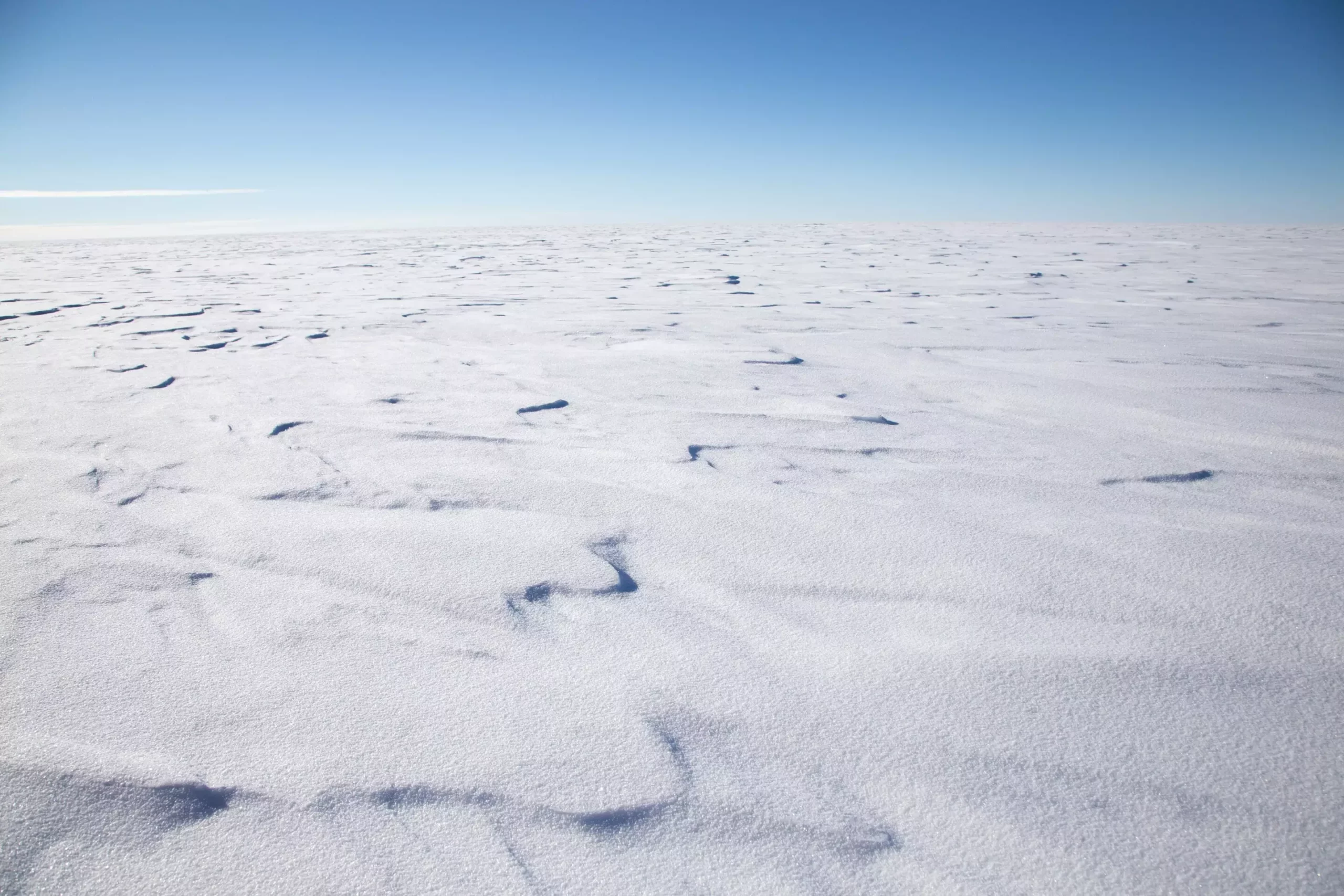The Thwaites Glacier, famously dubbed the “Doomsday Glacier,” has become an emblematic symbol of the dire consequences of climate change. Research conducted by British and American scientists has underscored the glacier’s critical role in global sea-level rise and its susceptibility to accelerated melting due to tidal actions—factors that could have catastrophic implications for the West Antarctic Ice Sheet. As scientists delve deeper into its dynamics, the urgency of comprehending and mitigating its decline grows ever more pressing.
Located in Antarctica, the Thwaites Glacier is approximately the size of Florida, making it one of the largest glaciers on the planet. Its significance is heightened by the rate at which it is melting, which has surged over the past three decades. Historically, Thwaites has been receding for over 80 years, but cascading changes spurred by the ocean’s heat are propelling its retreat at an unprecedented pace. Current models indicate that the glacier could contribute to a rise in sea levels of over 65 centimeters (approximately 26 inches) if it were to collapse entirely. More alarmingly, the complete destabilization of the West Antarctic Ice Sheet could elevate sea levels by as much as 3.3 meters (about 10.8 feet).
The implications of such changes are indeed sweeping, affecting coastal regions worldwide. Major cities like New York, Miami, and Shanghai could face significant flooding, leading to socioeconomic challenges and loss of habitat. Thus, the study of Thwaites Glacier is not merely scientific in nature; it embodies a critical intersection of environmental preservation, climate policy, and global governance.
Tidal Forces: The Catalyst for Accelerated Melting
What makes Thwaites intriguing for scientists is not just its sheer size but its complicated relationship with oceanic processes. Recent research has focused on how tidal action beneath the glacier plays a pivotal role in accelerating melting. As warm seawater infiltrates the grounding zone—where the glacier contacts the ocean floor—this essential area is increasingly exposed to warmer waters. Researchers utilized advanced underwater robots to identify a thin insulating layer of cold water that normally protects the ice. However, in sections where the glacier begins to float, this layer is disrupted by vigorous tidal currents.
The scenario poses a ticking clock for the glacier. Researchers suggest that melting might proceed at an exponential rate if the insulating layers continue to erode, with tidal forces exacerbating the dynamics. This revelation raises pressing questions about the interaction between tidal mechanics and climate change, highlighting a potential feedback loop that could spur further ice loss.
The Uncertain Future of Thwaites
A pivotal concern among scientists is whether the loss of Thwaites Glacier has become irreversible. Although heavy snowfall in Antarctica has historically helped replenish the ice, the balance currently tips toward greater ice loss than snow accumulation—a concerning trend exacerbated by rising global temperatures. The anticipated shifts in precipitation, from snow to rain, could intensify surface melting, creating conditions where the glacier faces simultaneous threats from both above and below.
This grim outlook is further compounded by the unpredictability of climate change itself. While international agreements like the Paris Agreement aim to curb greenhouse gas emissions, the question remains whether these efforts will be sufficient to mitigate the glacier’s retreat. The potential for a worst-case scenario—where colossal ice cliffs destabilize and break away at an alarming rate—could contribute to significant sea-level rises within this century.
In light of these alarming findings, immediate and effective responses to climate change are paramount. National and international leaders must prioritize funding for research and technological developments aimed at understanding ice dynamics and improving climate resilience strategies. The plight of the Thwaites Glacier is a clarion call for coordinated global action. This includes investing in sustainable practices, green energy, and infrastructure that can withstand rising sea levels.
Additionally, fostering greater awareness of such environmental threats can galvanize public opinion and political will. As scientists continue to examine the complexities of the Thwaites Glacier, society must confront the reality of climate change: it is not merely a future threat but an ongoing crisis that demands urgent attention.
The story of Thwaites Glacier serves as a profound reminder of our shared responsibility to take significant action before it is too late, for the fate of our ecosystems and future generations hangs in the balance.

